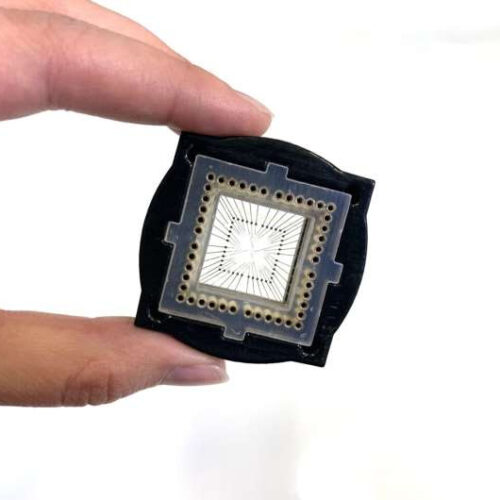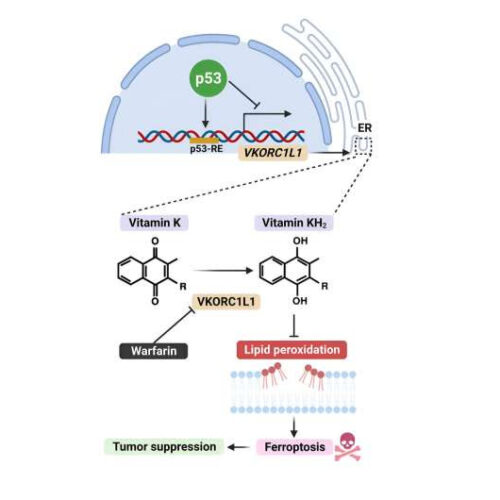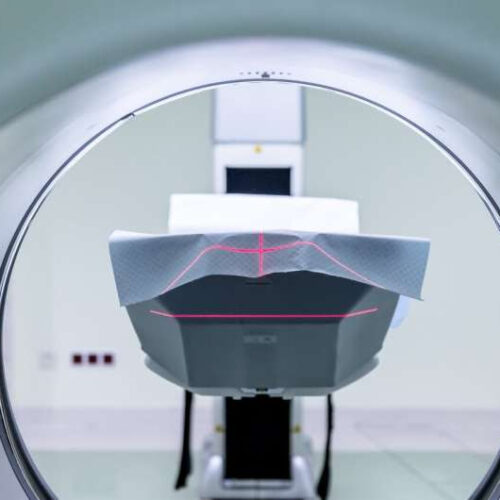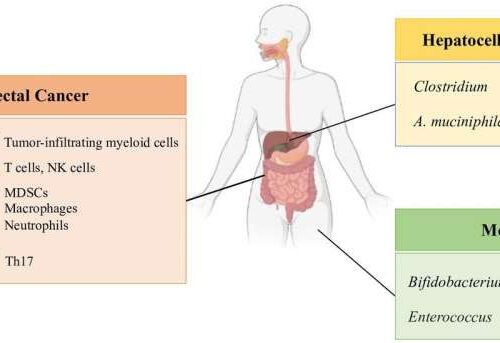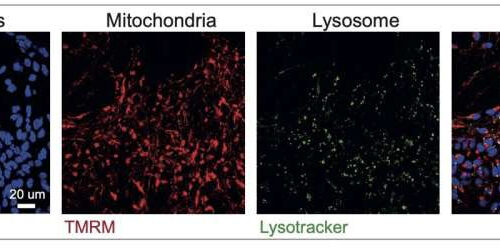by Hebrew University of Jerusalem Hand with microchip. Credit: Tissue Dynamics In a remarkable breakthrough, a collaborative team of researchers, led by Professor Yaakov Nahmias from The Hebrew University of Jerusalem, Technion-Israel Institute of Technology, and Tissue Dynamics Ltd., has unveiled a miniature human heart model that could potentially transform drug testing and cardiovascular research. This...
Common blood thinner may double as cancer therapy
by Columbia University Irving Medical Center Credit: Cell Metabolism (2023). DOI: 10.1016/j.cmet.2023.06.014 Warfarin, a widely used blood thinner, appears to have potent anti-cancer properties, according to a study by Columbia University researchers. The study, conducted in human cells and in mice, found that warfarin stops tumors from interfering with a self-destruct mechanism that cells initiate when they detect...
Intense Exercise May Be Risky in Moderate to Severe Stenosis
Batya Swift Yasgur, LSW June 30, 2023 Intense exercise may increase stroke risk among patients with moderate or severe stenosis, new research suggests. Investigators simulated blood flow in a sophisticated computational model of the internal carotid artery (ICA) at three stages of stenosis ― without blockage, with mild (30%) blockage, and with moderate (50%) blockage....
Immediate Statin After Acute Stroke Reduces Disability
Liam Davenport June 09, 2023 MUNICH — Giving intensive statin therapy to patients with acute mild ischemic stroke or with high-risk for transient ischemic attack (TIA) immediately after onset significantly reduces the risk for a poor functional outcome compared with delaying treatment, without compromising safety, results of the INSPIRES trial show. The research, presented at the 9th...
Noninvasive Brain Stimulation Promising for Acute Stroke
Batya Swift Yasgur, MA, LSW June 30, 2023 High-definition cathodal transcranial direct current stimulation (HD C-tDCS) is a promising approach for treating acute ischemic stroke (AIS), results of a pilot study suggest. Investigators explored the feasibility and safety of the use of HD C-tDCS for patients presenting in the emergency department (ED) of a level 1 stroke...
Harnessing artificial intelligence for better patient care
by Jennifer Monahan, Carnegie Mellon University Credit: Pixabay/CC0 Public Domain The integration of artificial intelligence (AI) provides one of the most promising—and fraught—advancements in the ever-evolving landscape of the health care sector. Electronic records let physicians access patient information more easily. Phone apps and web-based tools allow users to schedule appointments and check test results online....
Gene therapy hope for children with kidney disease
by University of Bristol Image [left to right]: Professor Moin Saleem, Dr Wen Ding [Academic Clinical Lecturer in Paediatric Renal Medicine] and Professor Gavin Welch [Professor of Renal Cell Biology] from the University of Bristol’s Medical School Credit: Kidney Research UK Researchers at the University of Bristol have made a remarkable step forward in finding a potential cure for...
AI could shorten the diagnostic journey of millions suffering from endometriosis
by University of Surrey Credit: Pixabay/CC0 Public Domain The quality of life of millions suffering from endometriosis—a painful disease where sensitive tissue grows outside of the uterus—could be improved by a new artificial intelligence (AI) system with technology developed by the University of Adelaide in South Australia, in partnership with researchers from the University of Surrey. The IMAGENDO...
Gut microbiota and immune alteration in cancer development: Implications for immunotherapy
by First Hospital of Jilin University Different microbes interact with host immune cells in the development of CRC, HCC and melanoma. Some of these interactions are pro-tumourigenic (labelled in red), while the others are against cancer progression (labelled in blue). CRC, colorectal cancer; HCC, hepatocellular carcinoma; MDSCs, myeloid-derived suppressor cells; NKT, natural killer T cells....
Scientists harness the power of AI to shed light on different types of Parkinson’s disease
by The Francis Crick Institute Image of nerve cells in the cortex of the brain which have been generated from patients’ stem cells (left) – the type of image the computer model used, split into panels showing different parts inside the cell (right). Credit: D’Sa, K. et al. Nature Machine Intelligence. (2023). Researchers at the Francis Crick...

